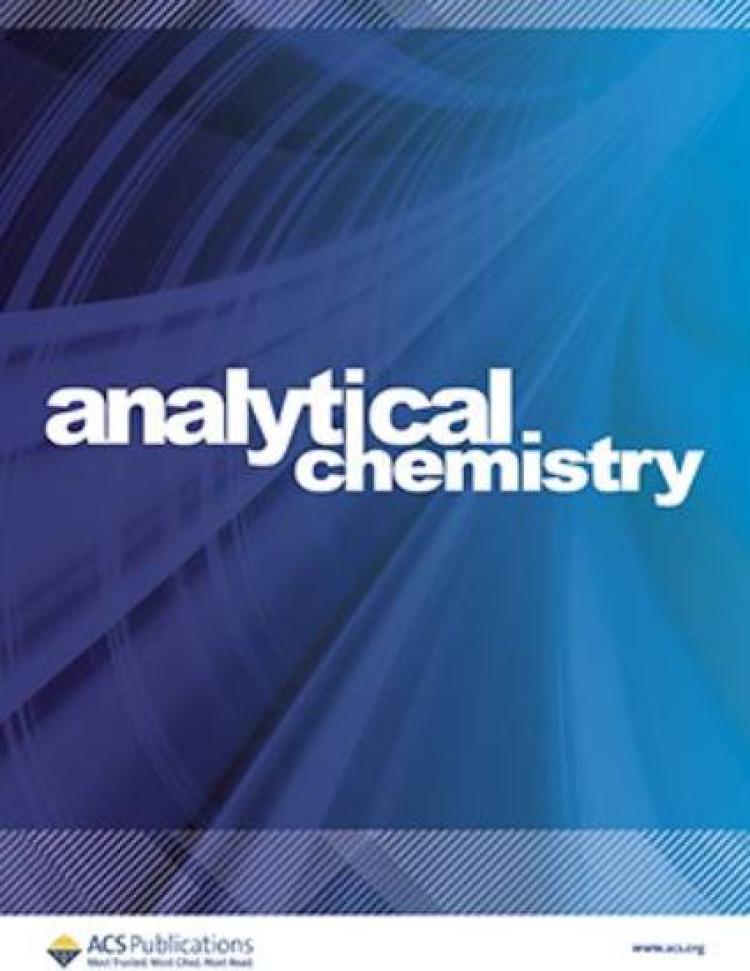Research shows potential universal and efficient way to explore cell mechanics

Apresio Kefin Fajrial, a PhD candidate in the Paul M. Rady Department of Mechanical Engineering, is the first author on a new paper in Analytical Chemistry that could have implications for how we detect diseased cells.
Published in November, the work is titled “Characterization of Single-Cell Osmotic Swelling Dynamics for New Physical Biomarkers” and describes a highly efficient method that involves cell swelling dynamics that can be used to analyze the activity of immune cells, the metastatic potential of cancer cells or other diseases that impact a cell’s physical properties.
We asked him about the findings, working under Assistant Professor Xiaoyun Ding at CU Boulder and what comes next in this research area.
Question: How would you describe the work and results of this paper?
Answer: Knowing the mechanical properties of cells is important for disease diagnostics and biological research. Previously, people have tried to study this in different ways, but the measurement results are usually specific to the tools you are using, making comparisons between information collected by different tools impossible. It is like comparing apples to oranges, and it also makes it harder for us to choose which techniques are best for which application.
What I am offering in this work is a universal way to look into cell mechanics by monitoring and analyzing the way the cell swells. We show that the dynamics of cell swelling are related to the stiffness of the cell. There are no solid probes or direct mechanical contact involved. We only need to expose the cells to different solutions and observe them swelling.
To do this, we created a microfluidic device called CellHangars which can trap single cells. Compared to other cell trapping devices, the fabrication process requires fewer steps which obviously makes it cheaper to produce.
Q: What is the real-world application of this work?
A: We can use this approach to detect diseased cells at point-of-care in a much more efficient way because it does not need biochemical markers or fluorescent proteins to investigate the cells. With more optimization, I expect we can use cell swelling dynamics to analyze the activity of immune cells, the metastatic potential of cancer cells or some other diseases that impact cell physical properties.
Another benefit is miniaturization. The microfluidic chip we use is really tiny and – in combination with a smartphone camera and an objective lens for observation and analysis – we may be able to hold the whole footprint of the system in one hand.
Q: Was this something you wanted to research before coming to CU Boulder?
A: I was trained as a materials scientist and I often see things from that perspective. Before coming to CU Boulder, I had never worked with biological material, so for me, this is a new and challenging experience. However a biological cell is, in principle, also a material like polymer hydrogels. This work re-emphasizes my perception of cells as a material, and uses that perspective for answering questions in biology.
Q: What was it like working on this project in the Biomedical Microfluidics Lab?
A: The research program in Assistant Professor Xiaoyun Ding's group is highly interdisciplinary, blurring the barrier between physical science and life science. I collaborate a lot with other students in our group as well as with researchers from different departments, campuses and institutions. In this work, in particular, I collaborated with Kun Liu who is an undergrad here. In my other projects I collaborate with biochemists in the Biofrontiers Institute as well as clinical scientists in the CU Anschutz Medical Campus.
Q: What research questions are still to be answered after this paper? Where will the work go from here?
A: The next step for this research would be to try with clinical samples from sick patients and see how sensitive our method is. I believe we can improve how we diagnose different diseases and to measure disease severity.
Other CU Boulder authors on the publication include undergraduate researcher Kun Liu and postdoctoral scholar Yu Gao. Device fabrication was made with the help of Professor Richard Lakerveld's group from the Hong Kong University of Science and Technology. Internal funding comes from RIO Seed Grant program and External funding comes from W.M. Keck Foundation.

